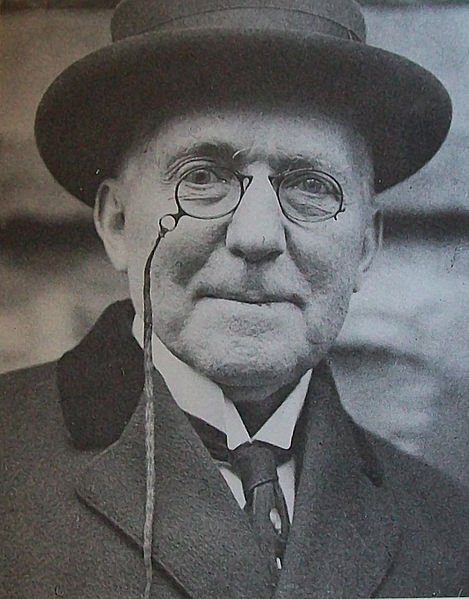Somehow,
I was able to finish the first draft of my Great Depression novel a couple
weeks ago, which is tentatively titled, “Thursday’s Child.” I’m unsure if that
is a good fit for the story, but that’s what I am calling it for now. At least
until something better comes along. The majority of it is based around
Prairieton, Indiana, which is a small little burg off of Terre Haute. Terre
Haute does make a couple cameos; how can it not?
As
I mentioned in my last post, Indiana literature is pretty non-existent. It
wasn’t always like that though. From 1880 to 1920, Indiana went through a
Golden Age in literature. There were some big named authors who came from
Indiana.
Booth
Tarkington wrote “Gentlemen from Indiana,” “Alice Adams” and “The Magnificent
Ambersons;” he also won the Pulitzer not once, but twice!
Gene
Stratton Porter, best known for “A Girl of the Limberlost,” “Freckles” and my
personal favorite, “The Harvester” was from northern Indiana. She was also an
environmentalist, a preservationist and an entrepreneur. Two years ago I went
to her house in Rome, as mentioned in this entry.
The
poet, James Whitcomb Riley was Indiana’s poet and he captured much of the
Hoosier spirit and colloquialisms in his works. He wrote a poem called “Little
Orphant Annie,” which was the inspiration for that cute little, redheaded
orphan as well as the Raggedy Ann doll. Have you ever heard of the gruesome
“Who’s Ear” story? That is attributed to him.
The
Dreiser/Dresser brothers, Theodore and Paul hailed from Indiana. Theodore
Dreiser wrote unconventional literature such as “Sister Carrie” and “An
American Tragedy,” scandalizing the Victorian sentiments of the public. His
older brother, Paul Dresser was known for penning Indiana’s anthem, “On the
Banks of the Wabash, Far Away.” If you were forced to learn that song in the 4th
grade, you have him to thank for it.
The
best known might be Lew Wallace. Yes, the man who wrote the epic Biblical
narrative, “Ben Hur: A Tale of Christ,” came from Indiana. After from an
illustrious military career, he retired to Crawfordsville, Indiana. Unable to
defend his religious beliefs, he did in depth research on the life of Christ
and the period, which led to his masterpiece.
There
are a few other authors worth mentioning: Jessamyn West, who I only lately
discovered thank to my aunts, was the author of “The Friendly Persuasion” and
“Cress Delahenty.” Kurt Vonnegut, who I admit to never having read, wrote “Slaughterhouse-Five.”
A current author who I have come to appreciate is Amy K. Sorrells, is known for
“How Sweet the Sound” and is the only Christian author I like anymore.
Maybe
one of these days I’ll be coupled with these great Hoosier men and women.








Congratulations!
ReplyDeleteYou going to see about submitting it to agents when you're done with rewriting? :)
Thank you. Yes, that's the plan. Unfortunately my track record with agents hasn't been good. :~(
DeleteYeah, I know that feeling. It's important to keep polishing your work (get outside opinions even) and keep trying, though. It's more reliant on hitting an agent in the right mood than the quality of work sometimes. :P
DeletePersonally I really like the title of Thursday's Child. For me it sets the tune of the novel and how folksy it is when you used it to introduce the entire character of Louise. I doubt I'll be amongst the great writers of Indiana, but I feel that Thursday's Child is certain to be apart of it. It's by far my favorite of all your novels.
ReplyDeleteI just want to be sure the title matches up with the story. I hope it leaves its mark, but we'll see. You never know what the agents/publishers wanted. I mean, look at "Fifty Shades of Grey." There is no accounting for taste.
Delete